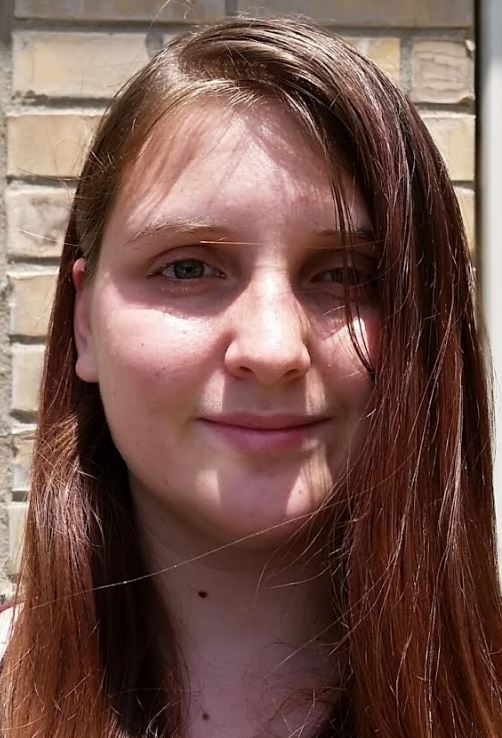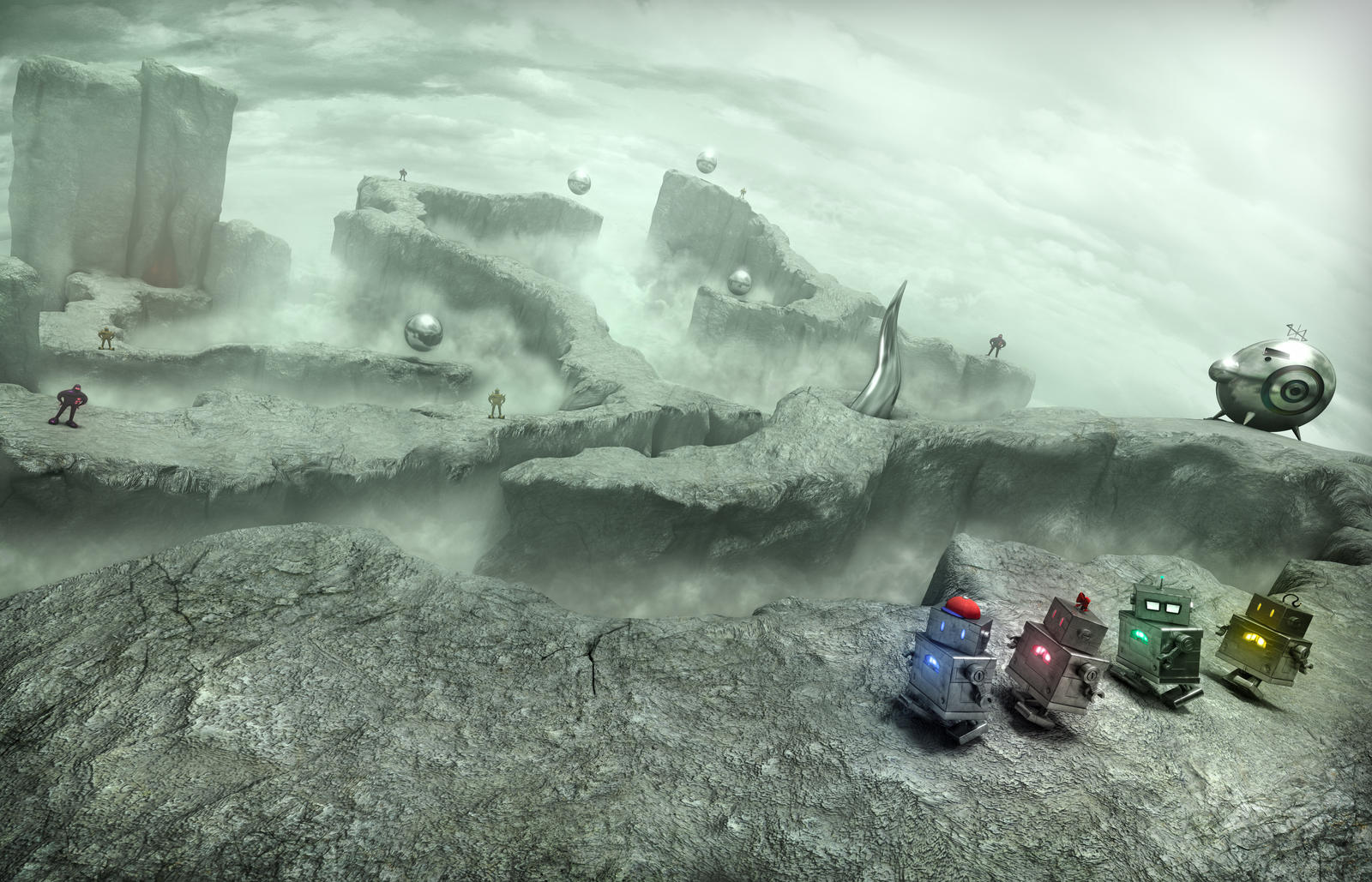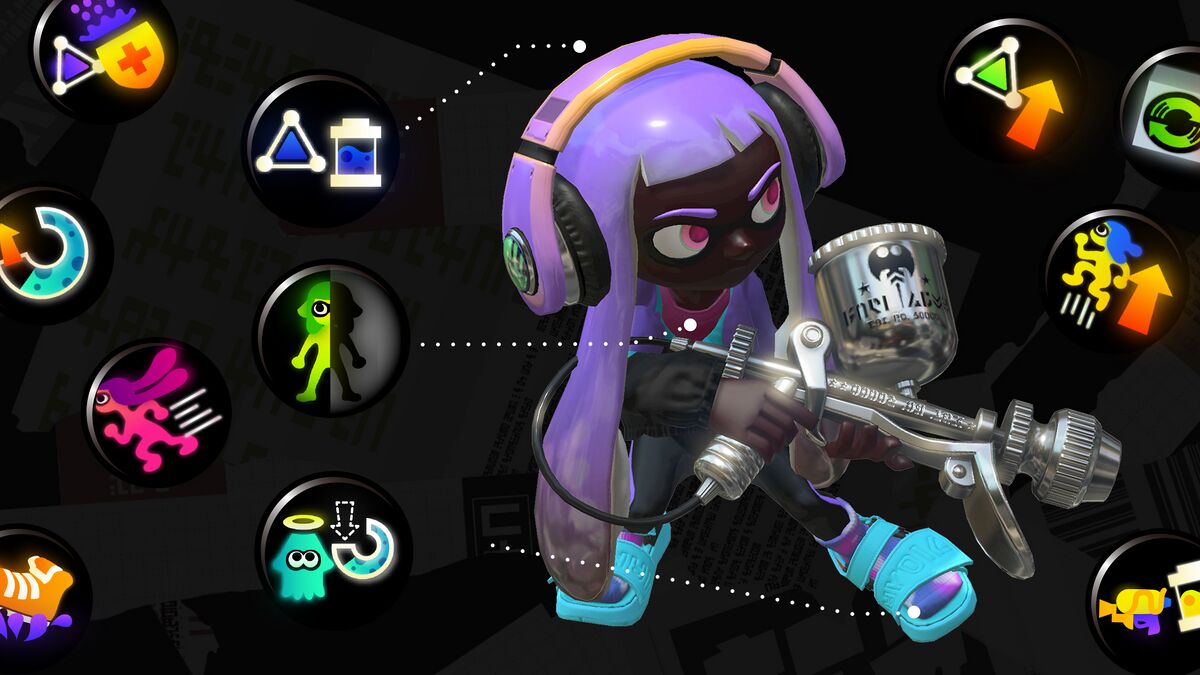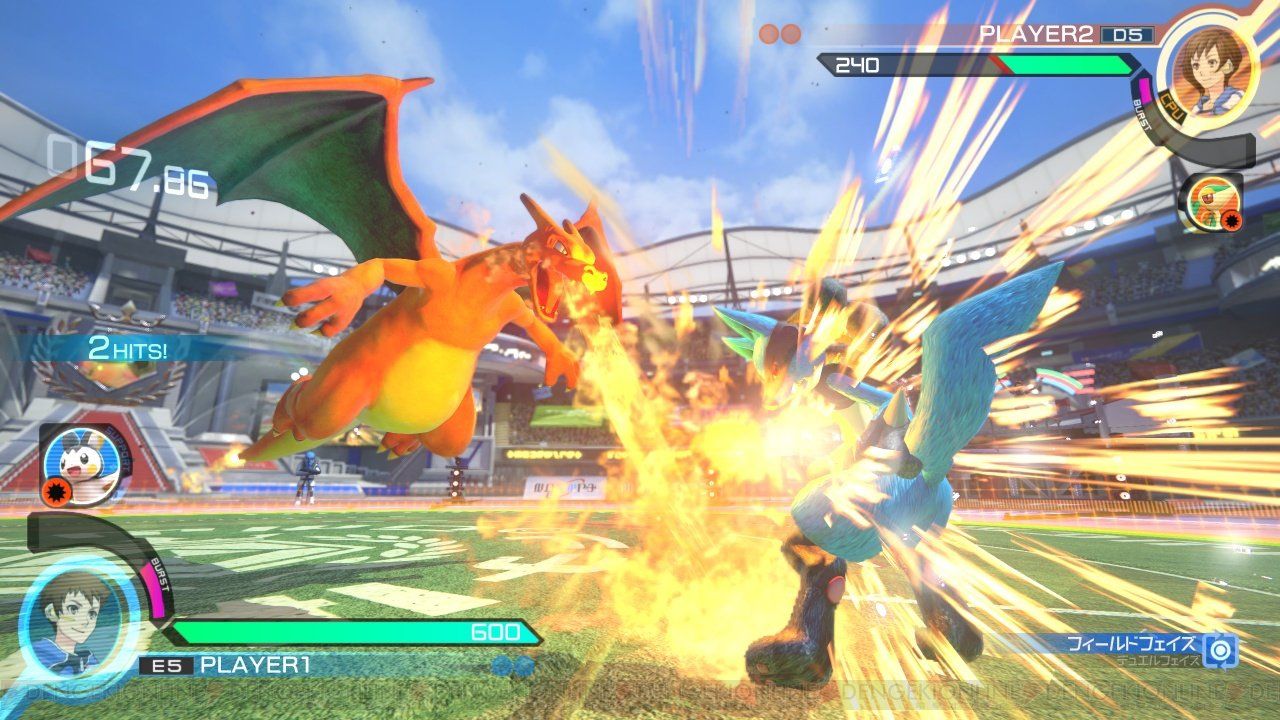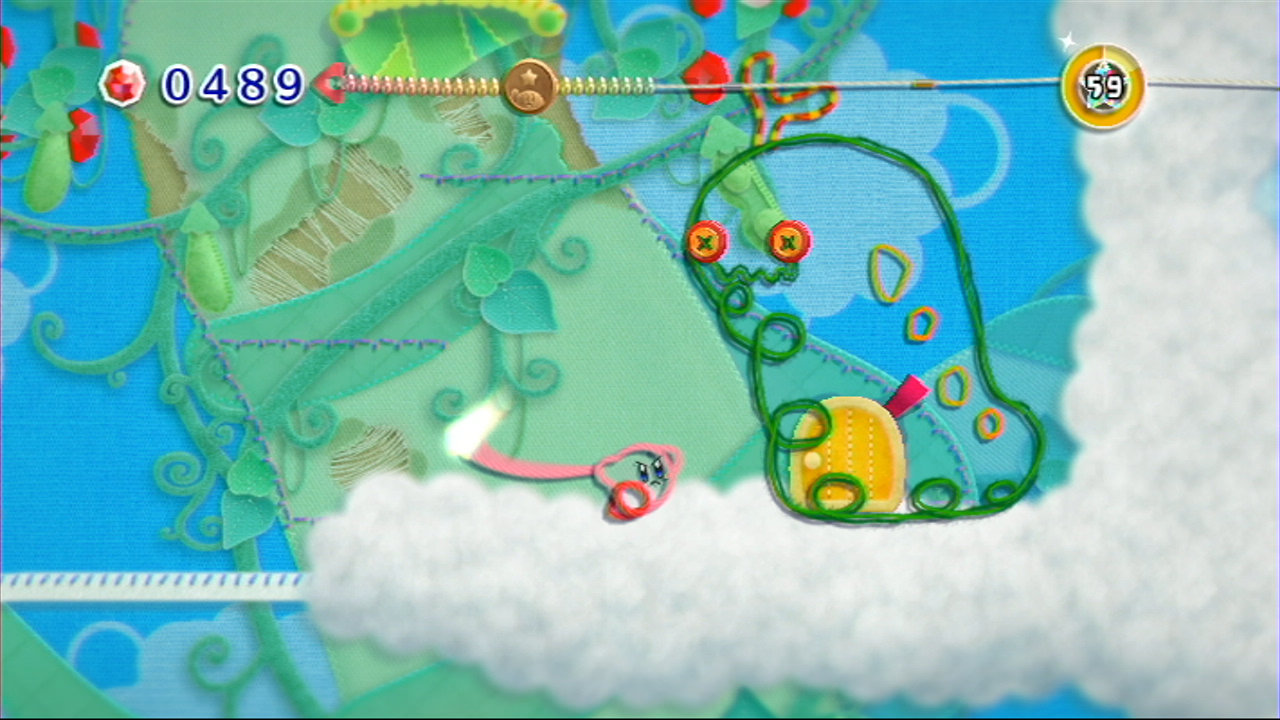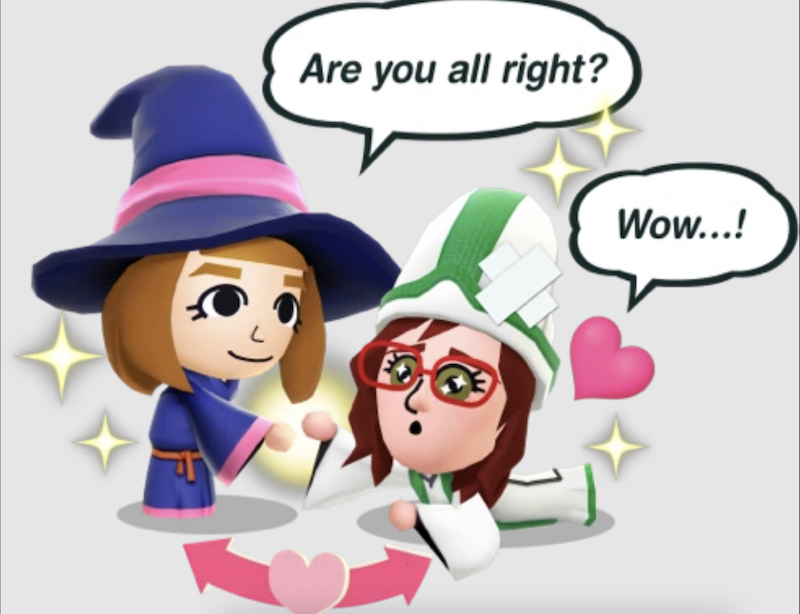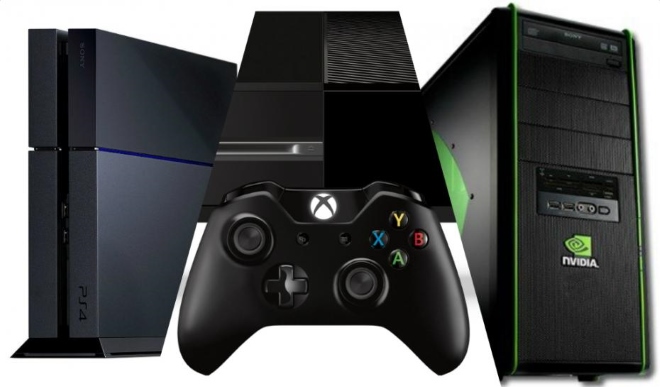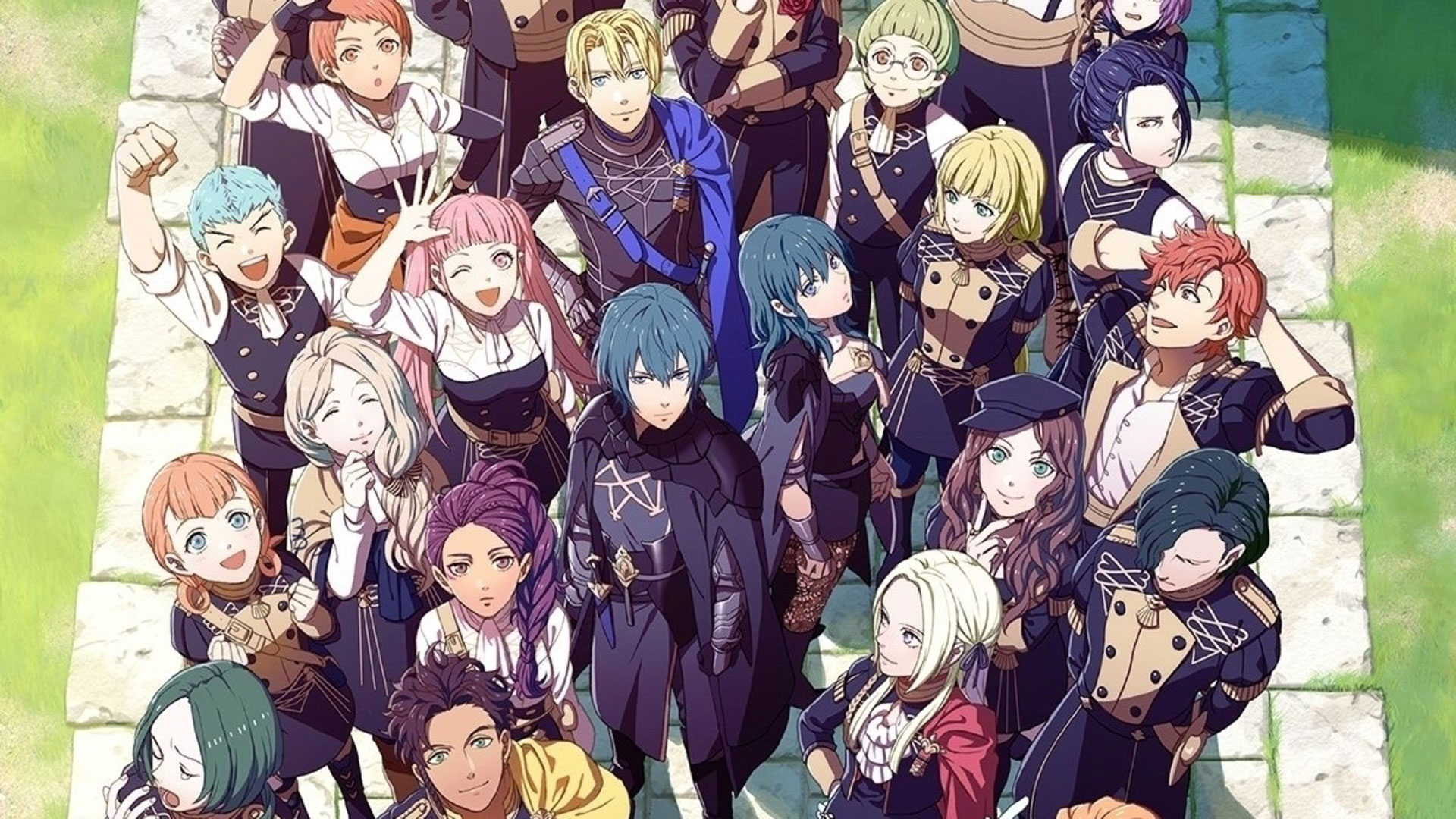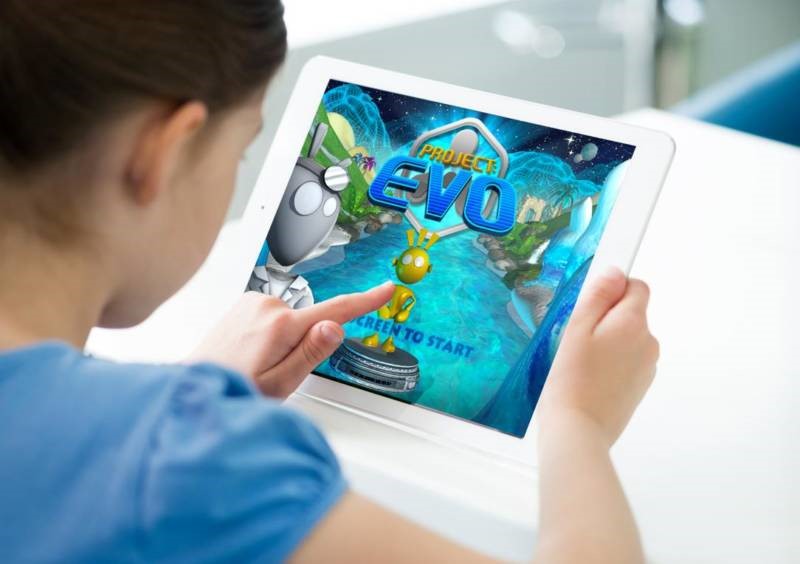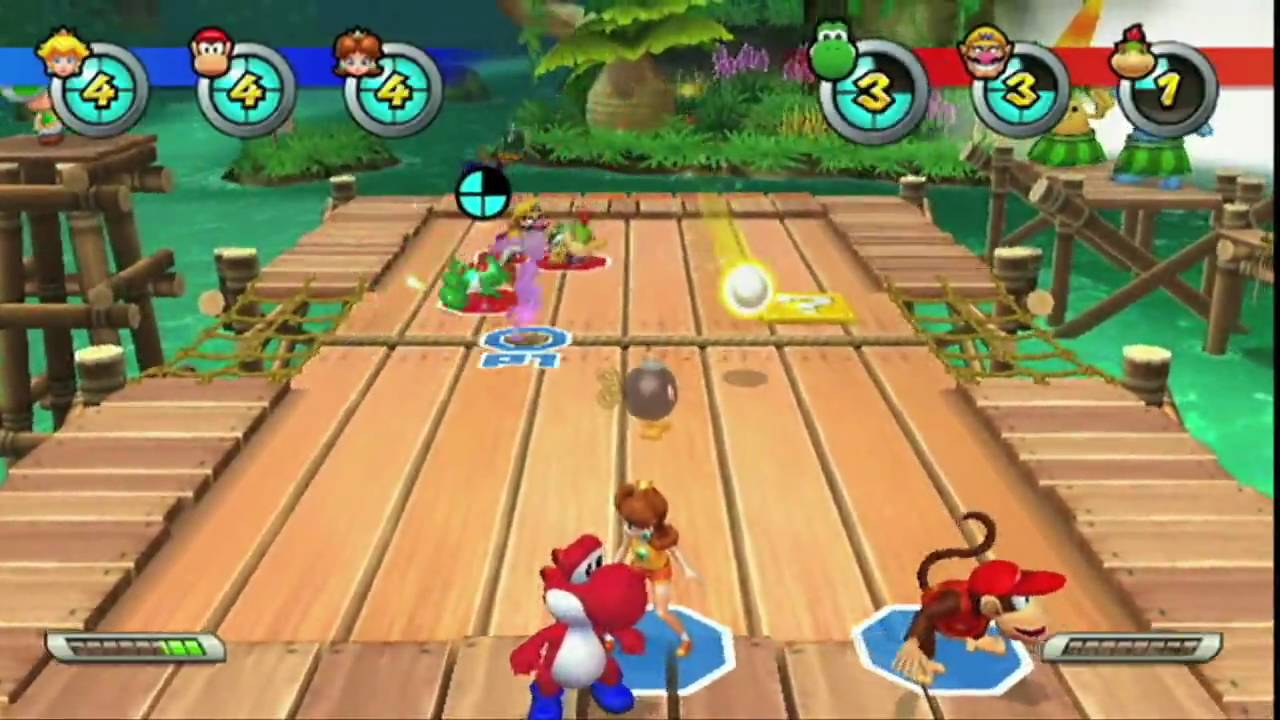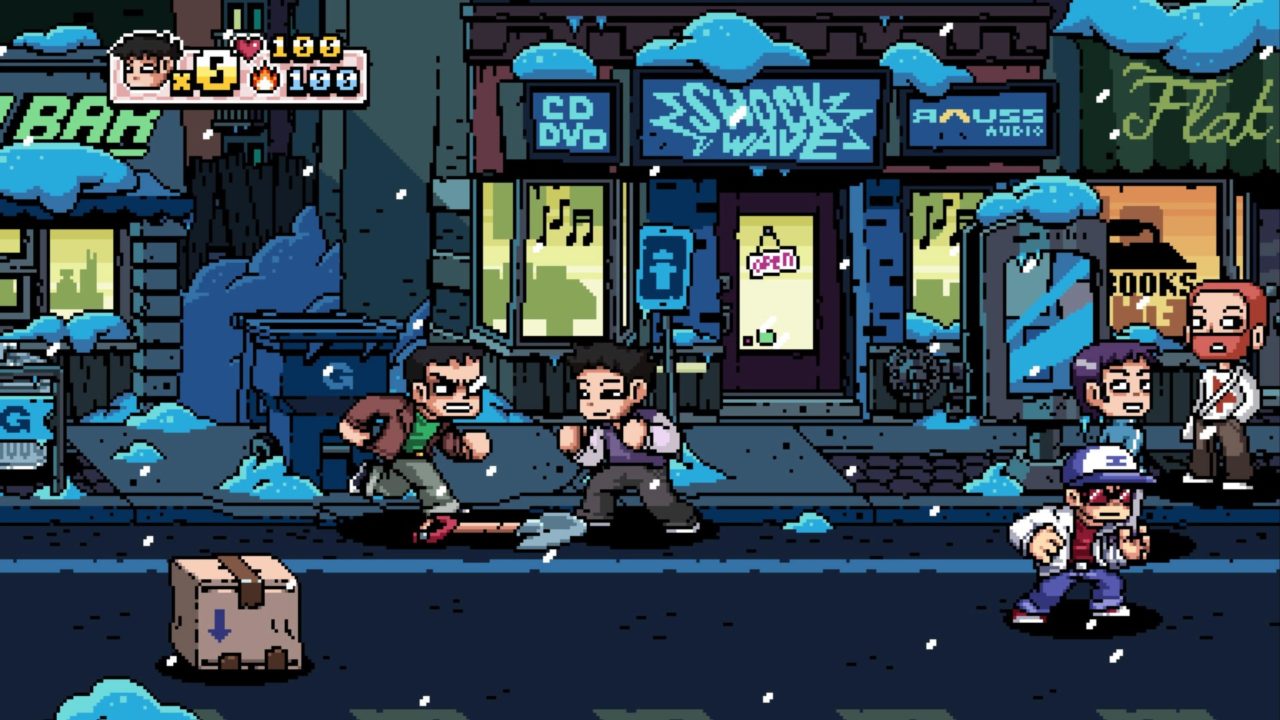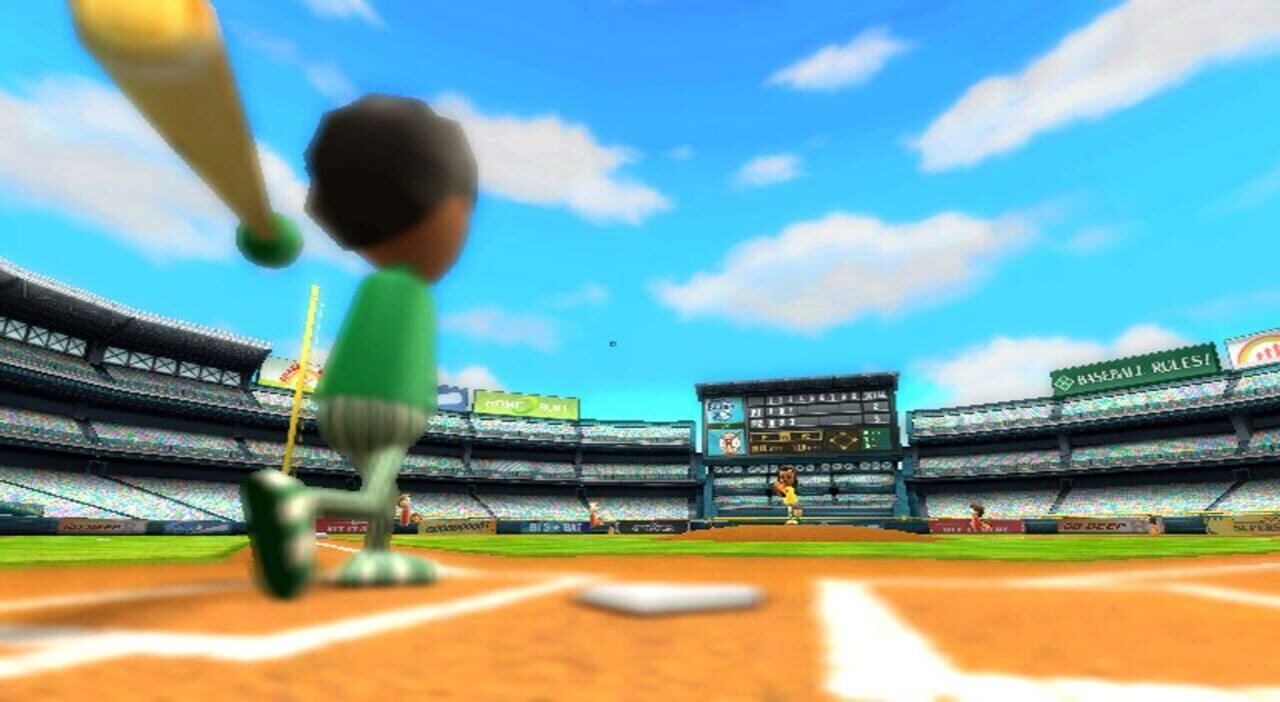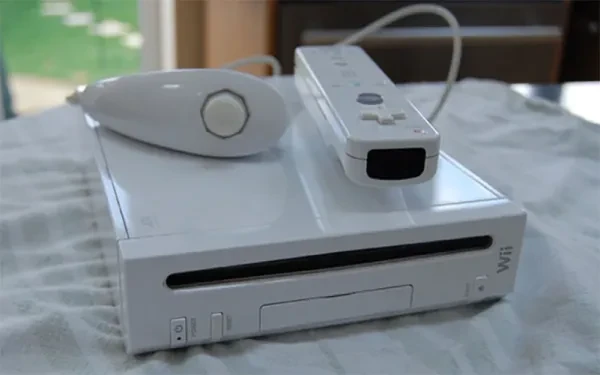
The Nintendo Wii, which since its release has sold over 100 million consoles, is by no means unpopular, but studies show it could take on a different purpose for families who have children with cerebral palsy.
These children undergo many types of therapy to help them improve motor functions, and one therapy, commonly used with children, is called single-joint resistance therapy. This therapy isolates joints to strengthen them, and is an important motor function used in everyday life.
In a recent 6-week pilot study, two groups of children were tested, one group participating in resistance therapy and the other in Wii training. At the end of the 6 weeks, each child was assessed to measure how much they had improved.
Two of the three children who improved during the study were from the Wii training group, and had “consistently positive responses to motivation and feasibility questions.” This shows that not only would the Wii training help with the motor functions of the children, but with their behavior as well.
The report concludes with saying that “Wii training may be an effective home-based rehabilitation strategy, and is worth exploring in a larger trial.” This is important because therapy can cost families hundreds, if not thousands, of dollars, and a home-based rehabilitation strategy is likely what many need.
However, this report isn’t alone. Another 6-week study from 2012, using the same assessment, reported that while the “quality of upper extremity movements did not change”, there was a “significant increase of convenience in using hands/arms during performance of daily activities”.
So what do these studies mean for the future of physical therapy? Well the Wii isn’t the only console that is being tested, and the Wii has been implemented into therapy clinically for many people already. Along with the Wii, many other consoles have been subject to studies like these, such as the Xbox 360 Kinect, though it goes without saying that the possibility of home therapy brings hope to many parents who have a child with cerebral palsy.
